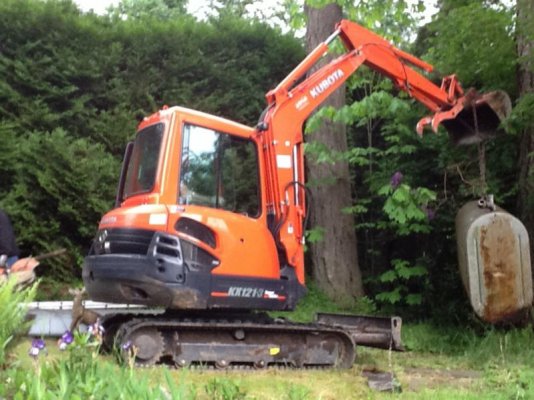Hello,
We are considering purchasing a trawler. We have attended a couple of Trawlerfests, etc, and are continuing to educate ourselves on the aspects of cruising. We plan to purchase a used boat in the $350K to $400K range, and have all but settled on Krogens, Selenes, Grand Banks and Nordhavns in the 39 to 46 foot range.
I have read a good bit about fuel tank material, and although black iron and steel have been used sucessfully for decades, I would prefer to void both, in favor of aluminium, FRP, etc.
I cannot seem to find a point when (and if) these brands made a switch to other than steel. And fuel tank material on particular boats on Yachtworld is rarely mentioned, even though I would think that would be helpful information to most buyers.
It would be helpful to know that (for example) Grand Banks switched to X fuel tank material in X year, so that we could focus our search from that point forward.
Any advice would be really appreciated.
Thanks,
Wizard
We are considering purchasing a trawler. We have attended a couple of Trawlerfests, etc, and are continuing to educate ourselves on the aspects of cruising. We plan to purchase a used boat in the $350K to $400K range, and have all but settled on Krogens, Selenes, Grand Banks and Nordhavns in the 39 to 46 foot range.
I have read a good bit about fuel tank material, and although black iron and steel have been used sucessfully for decades, I would prefer to void both, in favor of aluminium, FRP, etc.
I cannot seem to find a point when (and if) these brands made a switch to other than steel. And fuel tank material on particular boats on Yachtworld is rarely mentioned, even though I would think that would be helpful information to most buyers.
It would be helpful to know that (for example) Grand Banks switched to X fuel tank material in X year, so that we could focus our search from that point forward.
Any advice would be really appreciated.
Thanks,
Wizard



 "
"